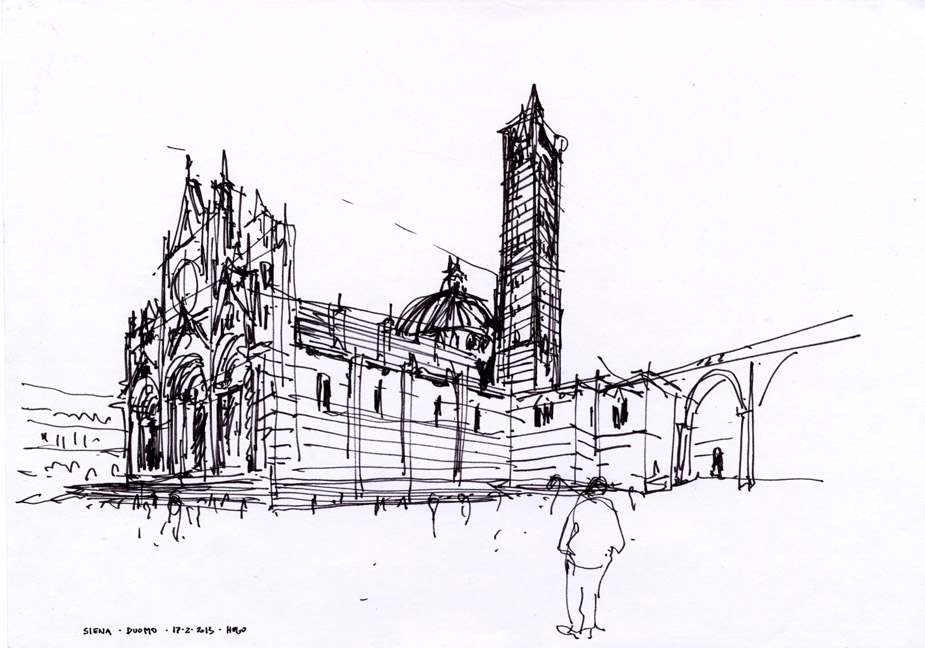
A medieval castle
Castello del Duca was built in the Middle Ages on the ruins of a Roman villa. From the beginning of the eleventh century it was known as a property belonging to the Abbey of Farfa, with the name of Marcilianus, or “Casale della Marciliana (or Marcigliana)”. The name was derived from “fundus Marcellianus”, or “praedium Marcellianum”, because in Roman times it was property of the Marcelli, descendants of the Claudii, to whom the Senate and the People of Rome had given these lands. From the twelfth century onwards, Castello del Duca was
owned by the church of Santa Maria in Via Lata, and later by several noble families: the Barberini in 1600s, the Gabrielli in 1700s, the Carpegna in 1800s and the Grazioli from the second half of 1800s to the present day. Between the sixteenth and the seventeenth century, due to the needs of these noble families, the medieval fortified hamlet was renovated taking on the characteristics of the present day. Two centuries before the traditional foundation of Rome (754 BC), Castello del Duca had probably served as an original nucleus and subsequently, as an acropolis of the ancient Latin town of Crustumerium, whose importance since the ninth century BC was largely due to the control of previous Via Salaria and the Tiber River.
Crustumerium began to lose its importance in about the fifth century B.C. and later its territory was divided amongst the Roman families during Republican and Imperial ages.
According to Tito Livio and Dionigi di Alicarnasso, the famous “Rape of the Sabine Women”, also involved the town of Crustumerium. At the end of that war, its defeated inhabitants, were deported to Rome and their territory was assigned to the Tribù Crustumina (or Clustumina) and Claudia. Since 1989, the area of the town of Crustumerium is entirely subject to
archaeological limitations and with the establishment of Marcigliana Nature Reserve in 1997, it is also subject to landscape and environmental regulations. There are ongoing excavations by the Italian Department of Archeology in collaboration with the University of Groningen. A necropolis was found inside the archaeological site with several thousands of tombs dating from the ninth to the sixth century BC.
For a relaxing weekend in contact with the great history of the Castle, with the family in one of our apartments. Contact us here.
